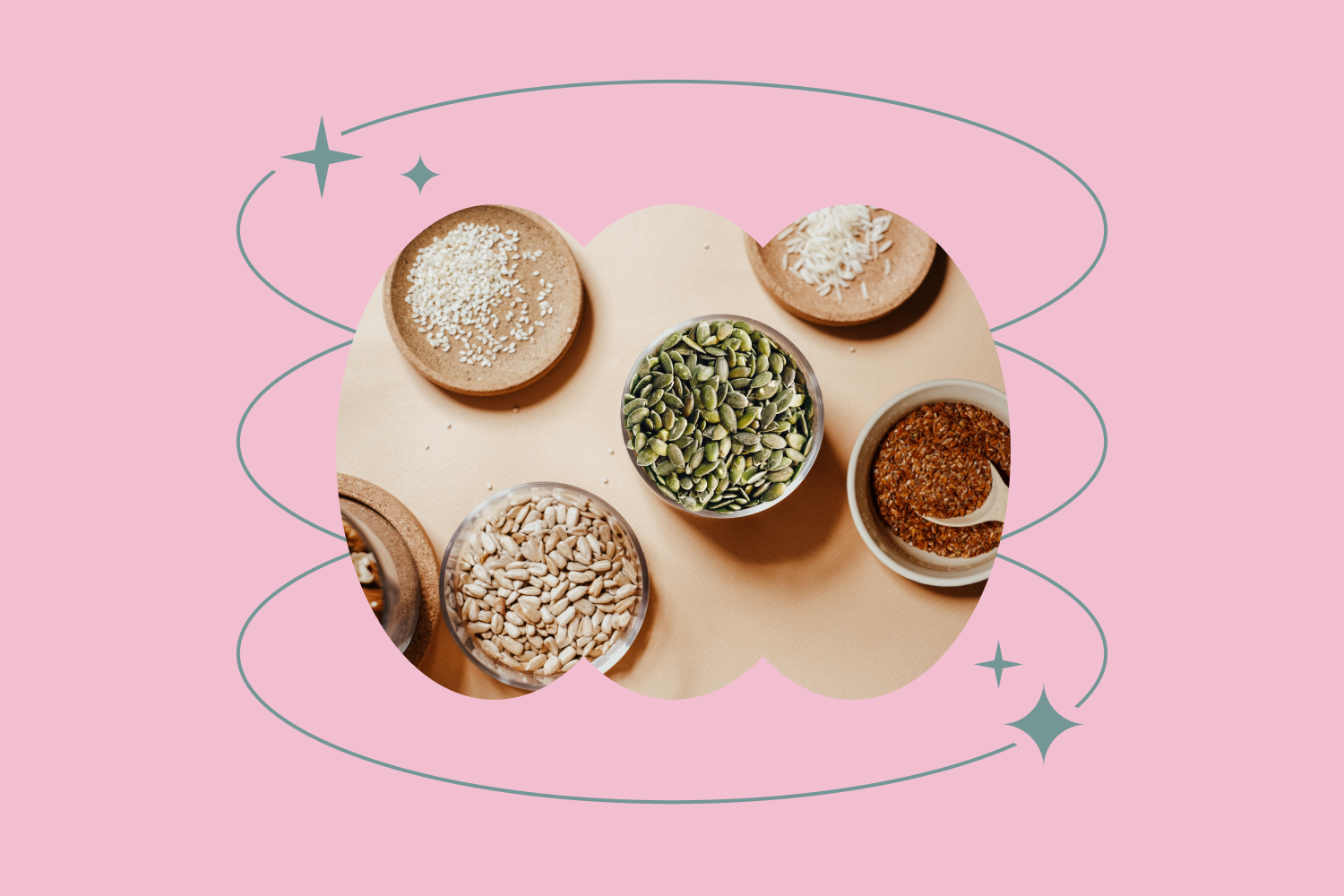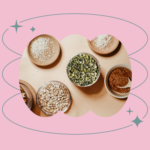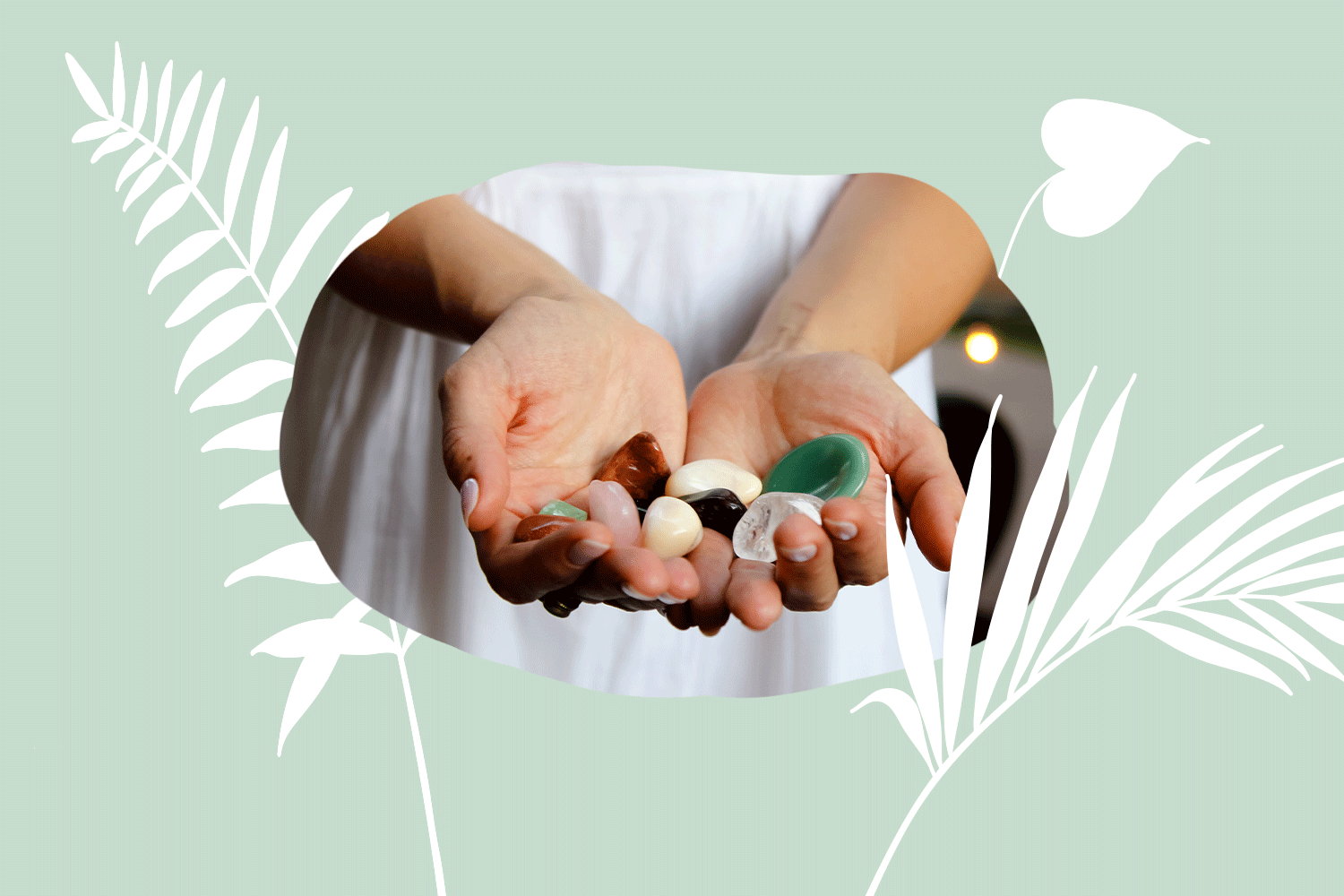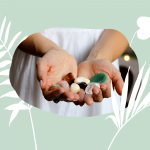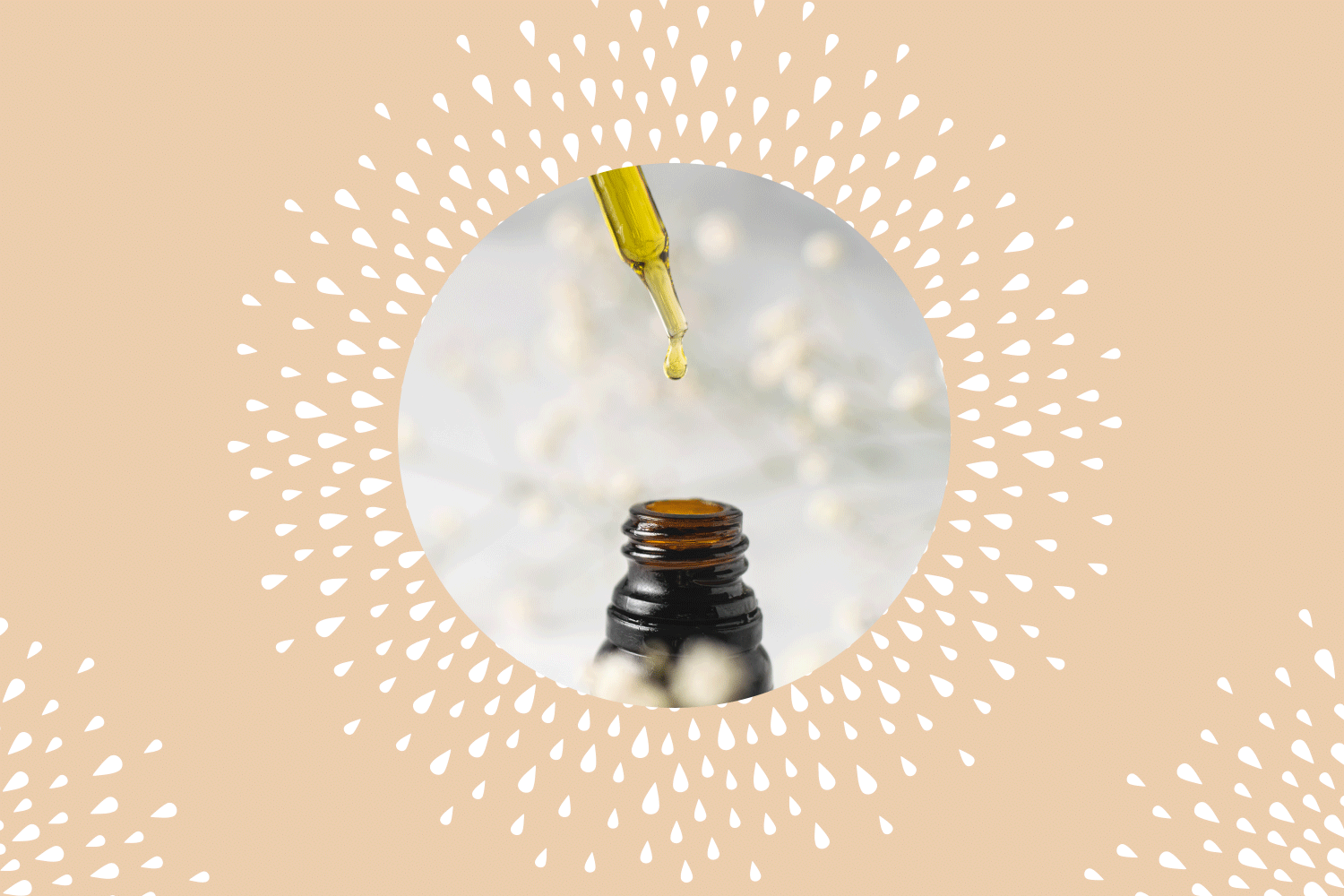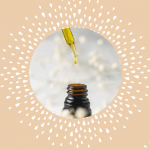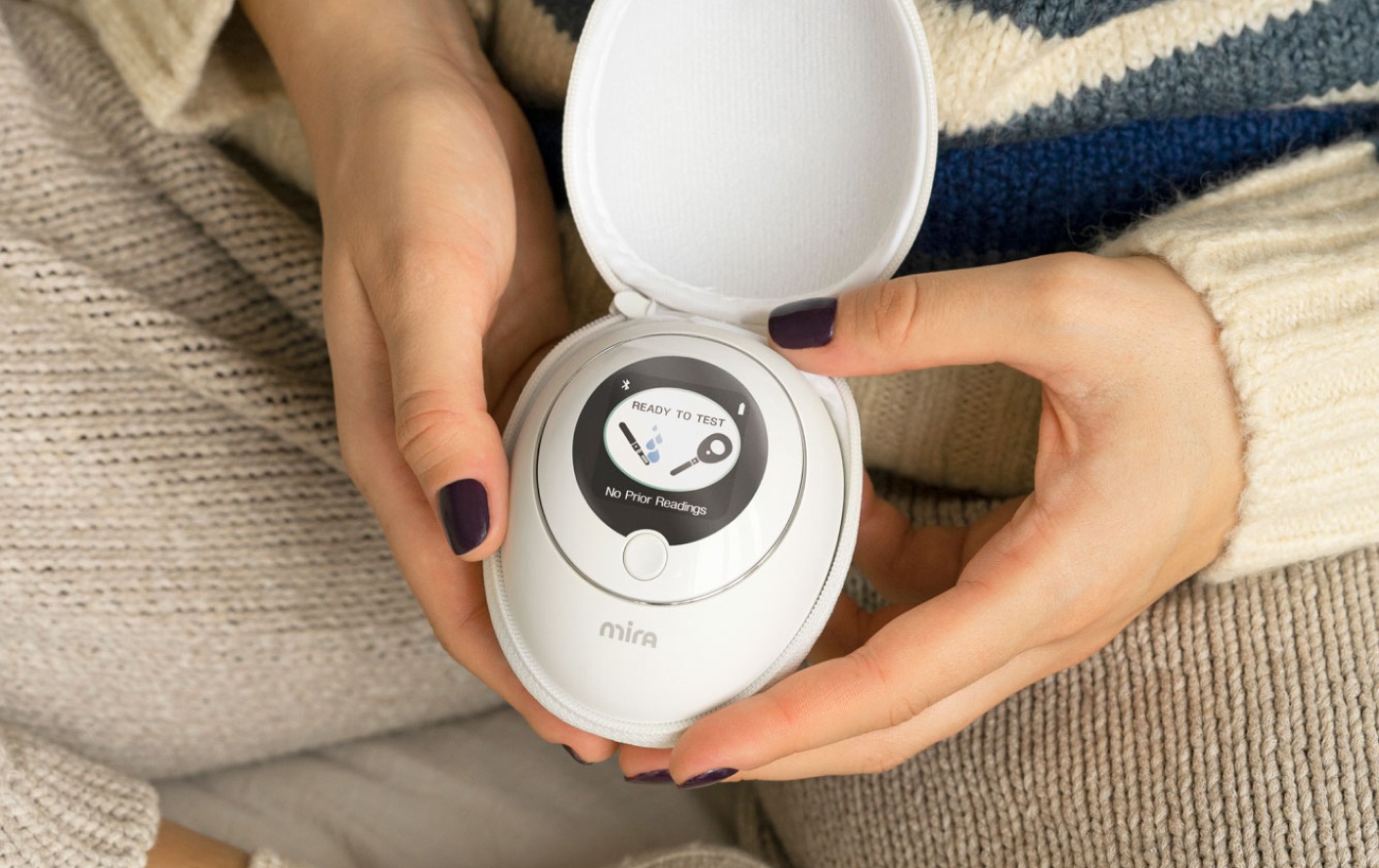What is Seed Cycling, and how does it influence fertility?
The ancient practice of seed cycling is an alternative medicine technique that many claim helps regulate hormones and influence fertility. This method of eating certain seeds, like pumpkin or flax, at different stages of your cycle to balance hormones has been practiced for hundreds of years, but there’s little scientific evidence to back it up. In this post we’ll dive into what seed cycling is, how to practice it, and the science behind it. Read on for everything you need to know about seed cycling benefits and how you can use it in your life.
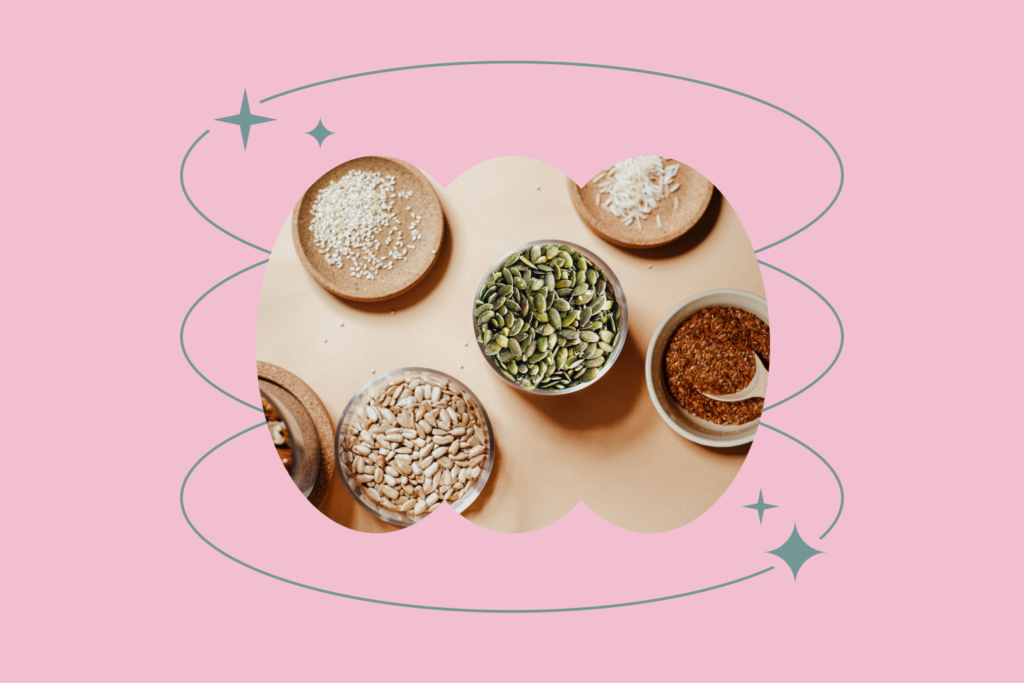
What is seed cycling?
Seed cycling is a naturopathic remedy that involves consuming different seeds at different points in your cycle for their hormone regulating properties. Proponents of this method claim that the unique combination of seeds helps support estrogen production during the first half of your cycle and promotes progesterone levels in the second half to balance your hormones.
Advocates claim that the benefits of consuming certain seeds at certain stages of your menstrual cycle can help regulate your hormones and thereby help with hormone related conditions like PCOS, fertility, and your period, among others.
The concept of hormonal balance and its impact on menstrual health
Hormones are the chemical messengers of our body and control everything from the physical characteristics we develop to our moods and most obviously our fertility. When you have too much of one, or too little of another, it can cause major impacts and even lead to certain conditions. Understanding how these hormones work together, and the impact they have on your health can be a major factor, especially if you are trying to conceive.
Many hormone imbalances are temporary but others can have long lasting consequences for your health. Nowhere is this more evident than with your menstrual health. When the hormones involved in your cycle are out of balance, the results can include conditions like irregular periods, PCOS, and infertility. Tracking your hormone levels can help in many ways – from exposing underlying health issues to helping you know the right time to have sex.
The benefits of seed cycling
The basic idea of seed cycling is that certain seeds can enhance or diminish estrogen and progesterone, two of the main hormones involved in your menstrual cycle. These hormones follow a predictable path before ovulation each cycle and the changes in the two hormone levels are actually associated with ovulatio..
In theory, by either promoting or inhibiting estrogen and progesterone production at certain phases of your cycle, you are balancing your hormones. When these hormones are balanced it should relieve any symptoms of hormonal imbalance you may have been experiencing. Seed cycling claims to alleviate hormone balance related symptoms like irregular periods, cramps, PMS, and PCOS.
Common hormonal imbalances in women
Common phases in your life, like puberty, pregnancy, and menopause, can all cause your hormones to be out of balance. It’s perfectly normal to experience a hormonal imbalance during these phases. Symptoms may include mood swings, hot flashes, increased irritability, irregular periods, sleep disruption, and changes in sex drive.
If you are experiencing a hormonal imbalance, but you’re not pregnant or undergoing puberty or menopause, this may be a sign of an underlying health condition. For example, polycystic ovarian syndrome (PCOS), can cause disruption to your hormone levels. Other potential causes include stress, trauma, disease, and being over/underweight.
Symptoms and effects of hormonal imbalances on menstrual health
When you have a hormonal imbalance it can wreak havoc on many systems within the body, most notably on menstrual health. Your reproductive system is regulated by certain hormones including estrogen and progesterone that are produced in the ovaries. If estrogen and progesterone levels are out of balance, this may cause irregular periods, heavy periods, the inability to ovulate, and difficulty getting pregnant.
Traditional treatment options and their limitations
Treatment options for hormonal imbalances depend largely on what type of imbalance you have. Low hormone levels are typically treated with hormone replacement. Many people take hormonal birth control specifically for this reason. Other traditional treatment options include disease-specific medications, symptom-specific medications, surgery. Each form of treatment has obvious limitations and may not be accessible for everyone. For instance, if you are trying to conceive then taking hormonal birth control to alleviate your symptoms would be counterproductive.
The Science Behind Seed Cycling
The “science” behind seed cycling proposes that the menstrual cycle can be regulated by balancing estrogen and progesterone. Through the actions of phytoestrogens, zinc, selenium, and vitamin E found in specific seeds, you can naturally balance the hormones of your cycle.
Exploring the role of phytoestrogens and lignans in seeds
Phytoestrogens are plant compounds that are molecularly similar to the estrogen found in our bodies. Because of this, they can bind to estrogen-receptor sites and complement our natural production. There are different phytoestrogens but lignans are one of the major classes and can be found in seeds such as sesame and flax.
Different seeds influence hormone production
The theory behind seed cycling is that different seeds promote or inhibit hormone production so that more or less of those hormones are present during certain phases of your menstrual cycle. These hormones, mainly estrogen and progesterone, are at different levels depending on which phase of your cycle you are in. During an estrogen-dominant phase you use seeds that support the production of that hormone. Whereas during the progesterone-dominant phase you use seeds to support that production.
Understanding the menstrual cycle and its phases
To understand the “science” behind seed cycling we must first understand the menstrual cycle and its phases. During each menstrual cycle, an egg develops and is released. The lining of the uterus builds up in anticipation of egg being fertilized. If pregnancy doesn’t happen, the uterine lining sheds and this is your period. This cycle, divided into two phases, starts from the beginning and happens all over again.
The first phase is known as the follicular phase and takes place during day 1 through around 14 of your cycle, normally the follicular phase can last up to 21st cycle day. The follicular phase begins when your period starts and officially ends when you start to ovulate. During this phase, hormones are low but estrogen is starting to rise.
The second phase of this cycle is the luteal phase and starts right after ovulation and ends when your period starts. The luteal phase typically occurs on day 15 through 28 when progesterone begins to rise.
The benefits of seed cycling rely on how you are supporting estrogen and progesterone production during this time.
Getting Started with Seed Cycling
Identifying your specific hormonal needs
If you feel you are suffering from issues related to hormone imbalance it can be hard to know where to start. Side effects of a hormonal imbalance include painful cramps, hormonal acne, irregular periods, and hair growth to name a few.
Choosing the right seeds for each phase of the menstrual cycle
Seed balancing involves a specific combination of four seeds over the course of your menstrual cycle. This unique combination helps support estrogen production during the first
half of your cycle and promotes progesterone production during the second half. Pumpkin and flax seeds are used during the first half and sunflower and sesame seeds are used during the second half.
Importance of sourcing high-quality, organic seeds
Since what we put in our bodies matters, it’s important to get seeds of the best quality. This means sourcing high-quality, organic seeds for the protocol. Using organic seeds helps reduce any exposure to hormone disrupting pesticides or agricultural chemicals.
The Seed Cycling Protocol
So how do you start seed cycling and what does the protocol entail? Here are the details of how to incorporate this routine into your life and which seeds to use during each phase.
Phase 1: Follicular Phase
During the follicular phase of your menstrual cycle you consume both pumpkin and flax seeds to help improve estrogen levels and prevent excess estrogen.
Benefits of flaxseeds and pumpkin seeds during this phase
Pumpkin
Used during the Follicular Phase, pumpkin seeds contain zinc and magnesium. This combination combats PMS and other annoyingly prevalent side effects of womanhood. While magnesium helps with PMS symptoms, zinc is a powerhouse. Pumpkin seeds contain 15% of the RDA (recommended dietary allowance) per ounce. Menstrual cramps and inflammation are caused by prostaglandins and zinc works to help reduce the metabolism of prostaglandins, thus encouraging more oxygen flow to the uterus and reducing the occurrence of menstrual cramps. It has also been noted that Zinc can reduce the severity of menstrual blood flow. production.
Contains:
- Zinc
- Magnesium
Flax
These little guys work alongside pumpkin in the first phase of your cycle to remove excess hormones, reduce inflammation and aid in the reduction of painful PMS cramps. They contain a powerful three-fold punch. These seeds will help regulate estrogen quantity. During reproductive years, women’s bodies contain a compound called estrogen. Lignans act similarly to estrogen, too, but they don’t stimulate reproductive issue to grow. When our bodies overproduce estrogen, lignans compete with a woman’s own estrogen and regulate the quantity by keeping it in balance. This balancing action is due to lignans ability to competitively lock onto our estrogen reception sites.
Contains:
- Lignans
- Omega-3
- Vitamin B
Incorporating flax seeds and pumpkin seeds into your diet
There are many different ways you can incorporate these seeds into your diet. From sprinkling them on toast to adding them to smoothies, you can get creative with how you use the seeds. You can even make seed specific recipes like homemade granola, seed butter, or pesto with pumpkin and flax seeds.
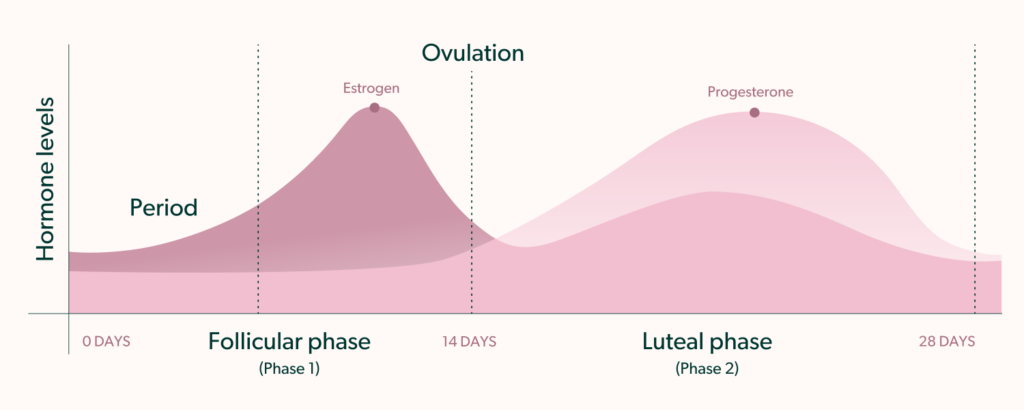
Phase 2: Luteal Phase
During the luteal phase, the seed cycling protocol involves consuming sesame and sunflower seeds for their hormone balancing properties. Sunflower and sesame seeds are thought to support progesterone production as it increases during the luteal phase.
Benefits of sesame seeds and sunflower seeds during this phase
Sesame
Sesame seeds have been shown to modulate inflammation and support cholesterol metabolism. Sesame Seeds contain zinc and selenium, which work to block excess estrogen. Sesame seeds have also been shown to modulate inflammation and support cholesterol metabolism. Given that sex hormones are made from cholesterol, any influx in inflammation can cause a response from the adrenal gland, which can lead to a hormone imbalance.
Contains:
- Zinc
- Lignans
- Selenium
Sunflower
Sunflower seeds are paired with sesame seeds during the second phase and contain Vitamin E, which helps to boost progesterone levels and combat inflammation.
Contains:
- Iron
- Magnesium
- Vitamin E
Incorporating sesame seeds and sunflower seeds into your diet
There are many ways you can incorporate these seeds into your diet. They can be added to salads, smoothies, nutrition bowls or anything else that works.
Tips for Incorporating Seeds into Your Daily Routine
If you’re new to eating seeds it can be hard to know where to start. Here are some tips for incorporating them into your daily routine and how to add them to your diet. It can be as simple as sprinkling them on a salad or as sophisticated as recipes that include seeds.
Creative ways to add seeds to meals and snacks
With a little ingenuity, there are many creative ways you can add seeds to meals and snacks. They can be sprinkled on top of just about anything including salads, yogurt, nutrition bowls, cereal, and hummus.. Or you can try adding them as a crunchy topping on toast, or as an ingredient in smoothies. Another way to get seeds into your diet is to include them as an ingredient in energy bites, add them to trailmix, or sneak them into recipes like cookies or granola bars.
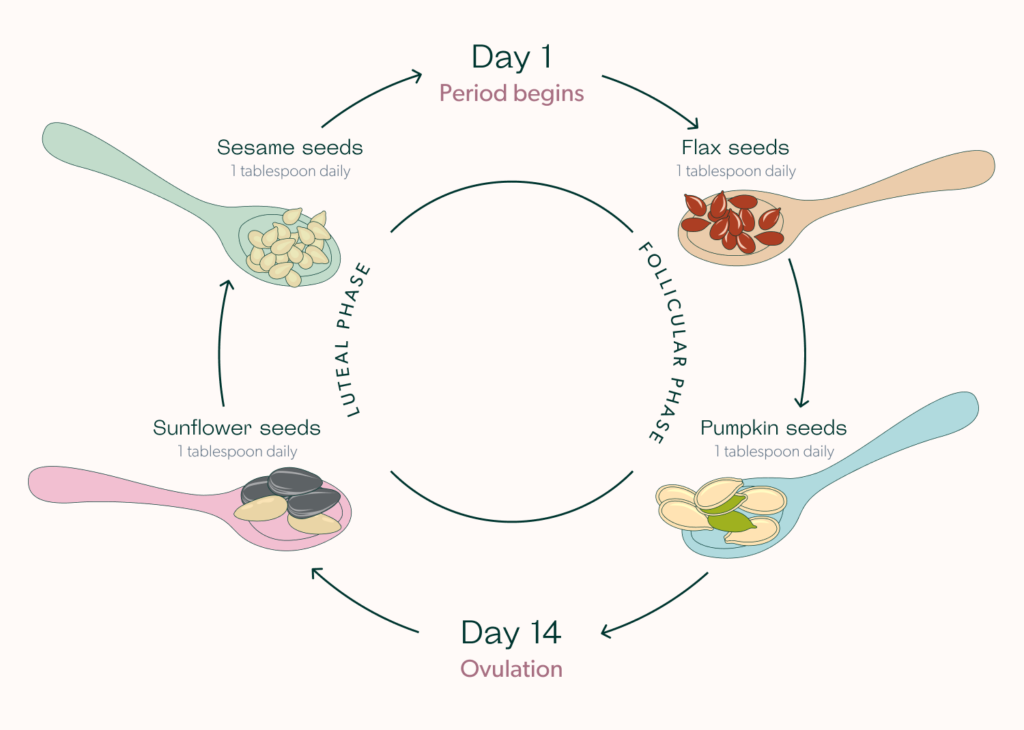
Seed cycling recipes and meal ideas
You can try adding seeds to just about any recipe that works. For instance, elevate your roasted veggies by sprinkling seeds on top for a crunchy finish. Popular recipes and meal ideas for seed cycling include granola, smoothies, and oats. You can even make your own nut butter!
Avoiding potential allergies or sensitivities to seeds
Always proceed with caution if you’ve had an allergic reaction to something containing nuts or seeds. Some people are hypersensitive to common edible seeds including pumpkin, sunflower, and sesame among others. Symptoms can vary from mild to severe and can even be life threatening like anaphylaxis.
Tracking and Monitoring Your Progress
If you’re making a change, like adding a seed cycling routine to your life, you’ll want to know whether it’s working or not. One of the simplest ways to do this is by tracking and monitoring your progress. One of the easiest ways to do this is by documenting your efforts. Try keeping a journal to note symptoms and side effects can help keep you on track and be a powerful motivator for progress.
Our hormones are like fingerprints and we all have different levels, so it can be helpful to find out your specific levels. A hormone tracking device like the Mira Fertility Tracker can help you get a complete, personalized picture with your unique patterns. Mira tracks key fertility hormone concentrations – luteinizing hormone (LH), estrogen (E3G), FSH and progesterone (PdG) – to give you personalized insights into your cycle.
Maintaining a menstrual cycle diary
Since seed cycling aims to balance hormones and regulate your cycle, keeping a menstrual cycle diary will be helpful data to monitor your progress. This can be low tech in the form of a simple notebook or higher tech through various apps and programs. Mira offers a free period tracking app that can also keep track of your hormone data when you use our testing wands. Unlike other apps, your data is safe with us and never shared or sold.
Identifying improvements in menstrual symptoms
By tracking your menstrual cycle as well as any symptoms, you can gain a better understanding of how seed cycling is working for you. Looking back at the data can help you monitor your progress and see any improvements based on the information you’ve provided.
Consulting with a healthcare professional for guidance
It’s always a good idea to check in with your healthcare provider or doctor to discuss any questions or concerns you have before starting something like seed cycling. They can tailor their answers to your specific health concerns. It never hurts to be proactive, especially where fertility is concerned.
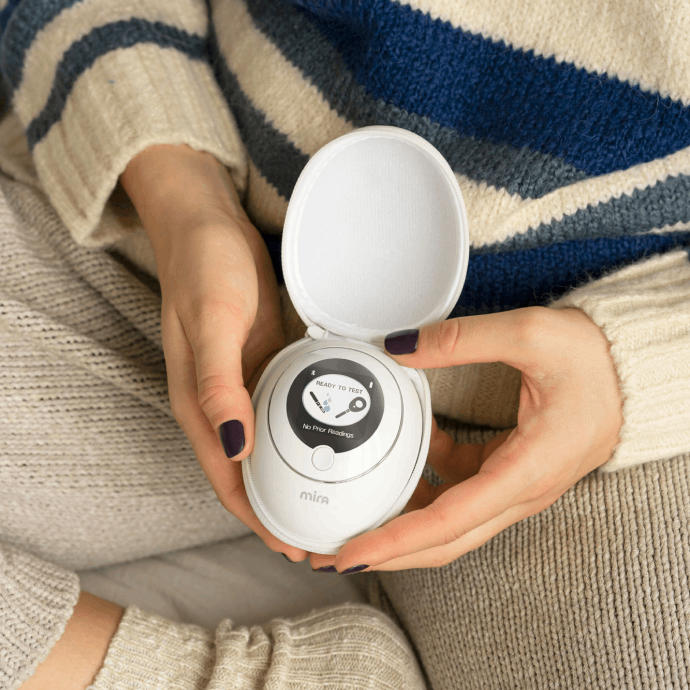
Frequently Asked Questions
Can seed cycling regulate irregular periods?
Although the science around seed cycling is limited, anything that helps balance your hormones can theoretically help regulate irregular periods. It’s always best to check with your healthcare provider first to look at all of your options and which would work best for you.
Is seed cycling effective for women with hormonal disorders?
Although some of the ingredients in seed cycling play a role in female hormones, there’s currently limited evidence to suggest they are effective for women with hormonal disorders. Hormonal disorders are best managed with medical advice.
Can seed cycling help with fertility issues?
Plenty of anecdotal evidence abounds about seed cycling helping fertility issues, but the scientific evidence is lacking. However, there are a number of health benefits that can be realized by adding seeds to your diet that may or may not impact fertility issues.
How long does it take to see results from seed cycling?
Proponents of seed cycling suggest that it will take at least 3 months of regular use to start seeing benefits. Anecdotal evidence from those who have tried seed cycling regularly report improvements in as little as one month.
Are there any potential side effects of seed cycling?
There are no problematic side effects to report about seed cycling. Some individuals though may experience an allergic reaction or intolerance to the specific seeds used.
Mira’s Editorial Process
All content produced by Mira meets stringent editorial standards, ensuring excellence and accuracy in language and medical precision. Every piece undergoes thorough fact-checking and review by qualified professionals. Check out our full editorial process to learn more.


